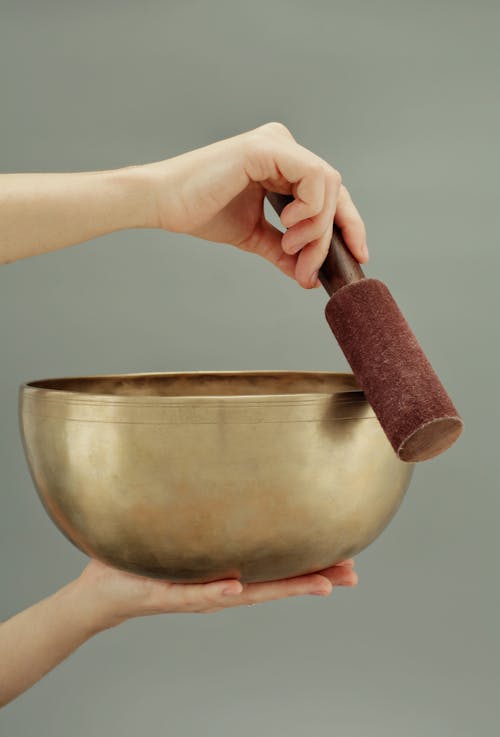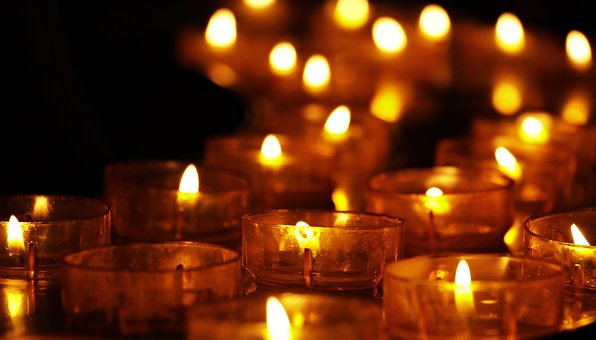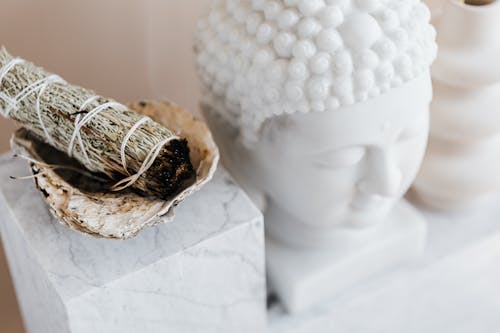
Lyle sauce divides meditation into three categories:
1. Imaginative
2. Breathing
3. Inaction

Meditation is mainly about the practice of "self", it does not require you to sacrifice magic instruments, nor does it require you to collect strange ritual Therefore, the classification of meditations here is based on "the participation of your consciousness in the meditation process". What is more exciting than tempering yourself and getting stronger gradually? !

1. Imaginative
Imaginative meditation is to obtain benefits through imagination in the process of meditation.
The more common light ball meditation: imagine a light ball surrounding your body to help you relieve fatigue and restore energy; some scene-type meditations, such as imagining a bright spring prairie, a sunny afternoon, etc. And you are in these harmonious and beautiful scenes, and you feel spiritually comfortable; there are also cat and puppy meditation, baby meditation, lover meditation, which is to make yourself full by imagining different objects" Love" is more gentle, or if you believe in the chakras, this can also help you open some There is also a shamanic meditation, through imagining the fusion of oneself and the world during the meditation process, to experience the feeling of harmony, oneness, and harmony between man and Some other genres also have their own unique meditation ideas, but in a nutshell, these meditations achieve different goals for themselves by imagining something. You can create your own custom meditation.
The principle of visualization in magic rituals is similar, but there are still many debates about whether it is meditation or not, so I won’t discuss it here.

2. Breathing
Breathing meditation is to focus your consciousness on your breathing and take care of yourself during the meditation process.
This type of meditation is usually named after numbers, such as 646 meditation, 535 meditation, and so on. The number here is a reminder of the length of time. It can represent the number of seconds, the number of heart beats, or any other kind of beat. For example, 646 meditation requires that you first inhale for 6 heartbeats, then hold your breath for 4 heartbeats, and finally use 6 heartbeats to exhale. If you find it difficult, you can also use 535,424. Among these meditations, some require to hold their breath, and some require not to hold their breath (not holding the breath generally require the meditator to concentrate on observing the moment of pause between breathing); some require slow breathing, some require fast breathing; some require breathing while breathing One side imagined (but classify this as imagination, because "imagination" is considered more important Through different breathing rhythms, the meditator's state of consciousness can be changed, so that he is more awake and more powerful (fast breathing), and it can also make him slower and enter a deeper level of consciousness (slow breathing). The mysticism of most systems generally requires the mage/wizard/magic to do several breathing exercises before the ceremony to adjust its own state.
In addition, focusing on your own breathing can help reduce distracting thoughts, help people be more awake and focused, and help meditators to better perceive their own state and feel the "now" moment.

3. Inaction
Literally, inaction meditation means thinking about nothing during the meditation process.
This sounds simple, but it is difficult to do. In fact, your mind is full of thoughts all the time, but some thoughts are weaker and some are stronger. Inaction meditation is to try to make yourself think of nothing. Successful inaction meditation is sometimes called "entering concentration". This is also a meditation that enhances intuition and psychic ability. Of course, it also helps to relax, treat insomnia, and improve concentration, work efficiency, etc. The author believes that this is the most beneficial way of meditation for channeling. This kind of meditation will be difficult at the beginning. The meditator can reduce distracting thoughts through breathing meditation first, and finally remove the awareness of breathing, and it will succeed; when the thought arises in the mind, don’t let it run away. , Don’t put consciousness in it, just look at it "aside" and let it disappear on its own. Generally speaking, beginners will succeed at least once in 7-21 days. This is a very difficult meditation, and you must persist every day to see results. After accumulating to a certain number of days, you will suddenly find its effect is amazing.

————————
The above three methods are a rough classification of meditation, but in practice, they are often combined with each other. For example, it requires breathing methods and meditations that imagine scenes; or breathing meditation first, but eventually reaching inaction meditation... all kinds.
Meditation does not seem to be mysterious, and occult is not just a flower of human imagination. It is closely related to feeling, consciousness, and even the flesh. I hope everyone can find fun, discover themselves, and discover talent in meditation.